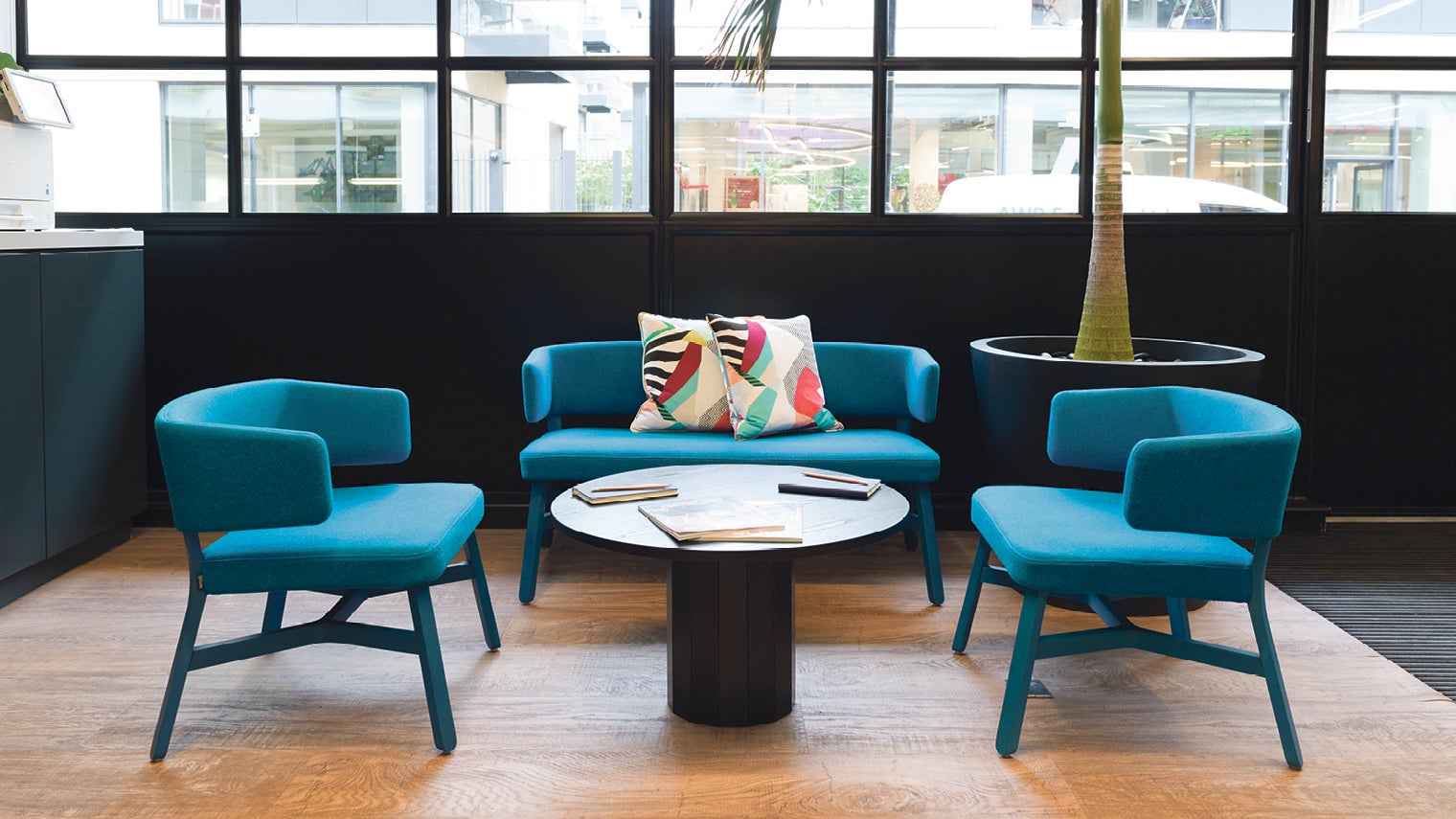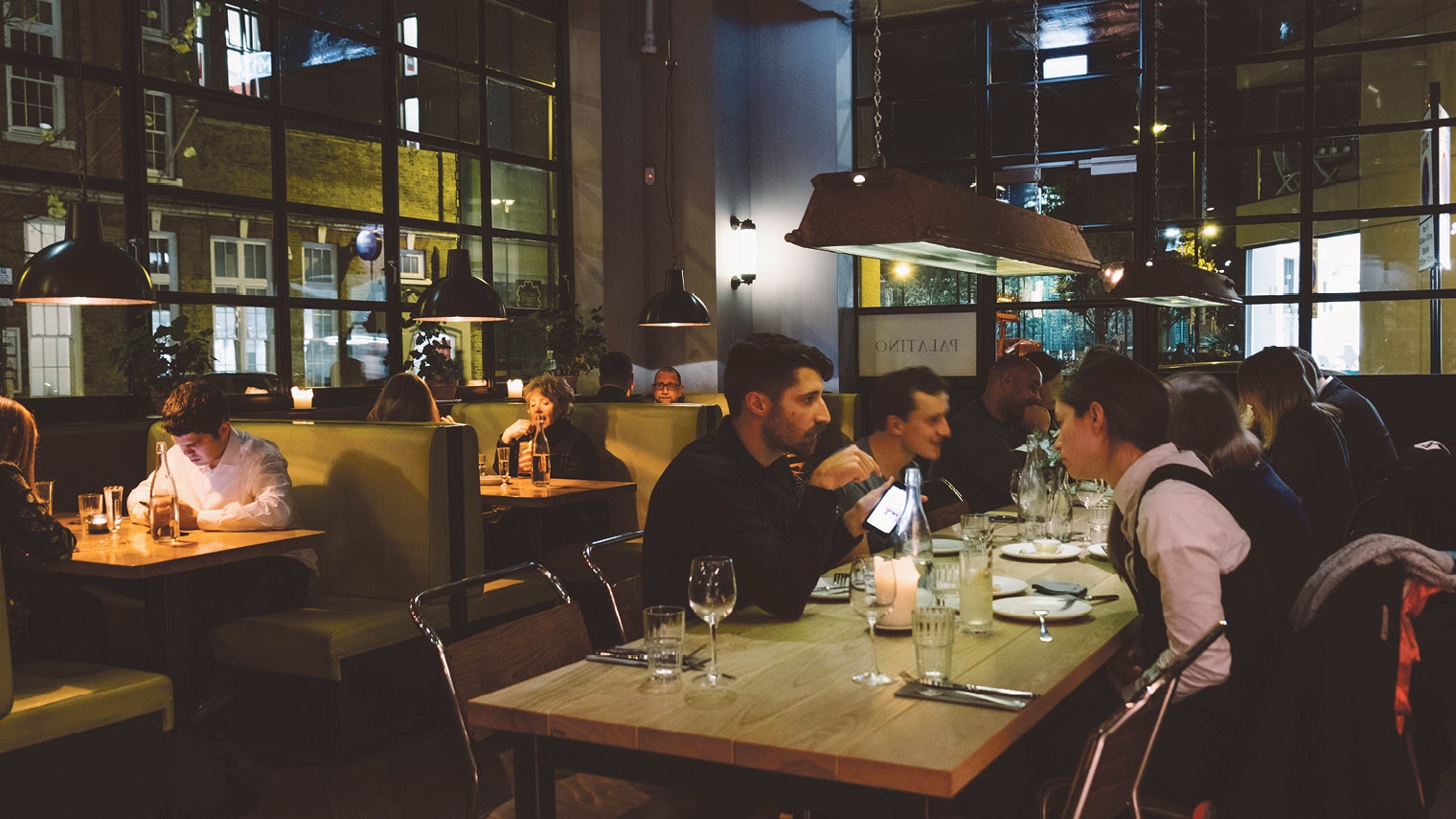What constitutes an optimised collaborative working environment is a question that companies have been asking for years and one that London-based workspace company Fora is close to finding the answer.
Chief executive Enrico Sanna says: “We know that collaboration is part art, part science. My co-founder and I have the arts experience, from our backgrounds in hospitality and culture, and now we are calling on external experts to gain a better understanding of the science element.”
In partnership with MIT, the pre-eminent Massachusetts Institute of Technology and Mr Sanna’s alma mater, Fora has just embarked on a project to study the science behind the principle of a shared workspace as an environment that stimulates and encourages creativity and innovation.
Mr Sanna says: “As an institution, MIT has created some amazing companies, including Dropbox, BuzzFeed and Bose. We are investing in high-level scientific research to explore the science behind the way people collaborate. It is something that is so important for businesses and at Fora we want to fully comprehend the best way to facilitate this.

Breakout spaces designed to foster collaboration
“People like to come together in different ways. Some people do it naturally, but some won’t. Then there are people who need help in making that connection, which might involve the use of digital technology, because they are more comfortable using chat rooms or social media. Other people prefer to do it in person. It is a complex subject that requires a multi-pronged approach to enhance the way that people collaborate.”
As a workspace provider, Fora has already differentiated itself from others in the sector through the provision of its hotel-style hospitality and offerings. These feature innovative technology, including white noise speakers to muffle sound, considered design with plenty of breakout lounges, and high-quality facilities, including showers and a wellness studio. In addition, there are curated programmes of events, with a focus on continuous learning to encourage self-improvement, alongside social meetings to stimulate collaboration.
Fora is determined to achieve that Holy Grail of workspace optimisation by deploying some of the best researchers in the world to learn how best to structure a workspace for optimum collaborative outcomes
“It’s about understanding your audience,” says Mr Sanna. “The Fora buildings are of a certain size to create an optimum environment for collaboration. We have seven differently sized and designed settings in this one building that you can work from. You might be sitting on a couch in a workspace and suddenly strike up a conversation with the person sitting next to you, and you might find you are dealing with the same issues. That’s when the magic happens and the collaboration begins.”
Mr Sanna, who previously managed the Las Vegas Cosmopolitan Hotel, and his co-founder Katrina Larkin, who co-founded lifestyle brand The Big Chill Festival and bars, have the experience to know how to bring people together, create the right environment and remove any barriers so people feel as though they belong. Not surprisingly, Fora’s considered offering also has a big focus on food.
“When you walk into our lobby you don’t walk into an office lobby. You walk into an area that has a unique restaurant, state-of-the-art events space and an informal cafe, all on the same floor,” says Mr Sanna. “Whether it’s a networking breakfast in the Resident Cafe, an important lunch with clients at the restaurant or over cocktails in the evening with friends and colleagues, these spaces provide the perfect backdrop to socialise with fellow residents and escape the norm. We find that a hospitality-led approach is a good way to break down the barriers.”
The building comprises an eclectic mix of curated communal areas, including welcoming lounges, study rooms, meeting rooms, a library and kitchens. The residents that currently occupy Fora’s shared workspaces range from established companies to startups representing a range of business sectors.

A variety of social spaces serve a culture of communication
“It is important that you establish a mix of residents in a way that it doesn’t feel there is any one company so large it appears to dominate the space,” says Mr Sanna. “The one undeniable thing the shared office gives you that traditional offices will never do is the ability to collaborate and innovate within your own company, and across other companies, all under the same roof.”
Fora resident Stuart Delivery will attest to that. The on-demand delivery specialist works with a range of customers, primarily in food but expanding to other sectors, and has operations in the UK, France and Spain.
UK general manager Joe McDermottroe says: “At Fora we have the space we need to collaborate in a number of different ways. Whether it is a regular meeting or an ad hoc brainstorming session, there is always a place in this building where we can sit down, think, talk and come up with new ideas.
“As a growing business, there are lots of challenges that we need to address, and here we have the flexibility to break off into different sized groups, go elsewhere in the building to discuss it and come up with solutions. For us that level of flexibility is key.”
Collaboration between the company’s various teams and functions, including sales, marketing and operations, is crucial to working together closely to serve the needs of their customers. But opportunities to interact go beyond their business, as marketing manager Sara Carty explains.
“Some of our team members have collaborated with people in the other offices, so Fora presents us with a great opportunity for cross-business collaborative activity,” she says. “It’s also great when we bring our customers here for meetings; the space is more impressive than other co-working spaces we have experienced; it has the technology infrastructure that as a high-tech startup we absolutely rely on. It has been a good move for us.”
Already a leader in shared working spaces, Fora is determined to achieve that Holy Grail of workspace optimisation by deploying some of the best researchers in the world to learn how best to structure a workspace for optimum collaborative outcomes.
Mr Sanna says: “With the help of MIT, we will have a better understanding of human interaction in the workplace, which will influence the spaces that Fora creates.”
For more information please visit www.foraspace.com





